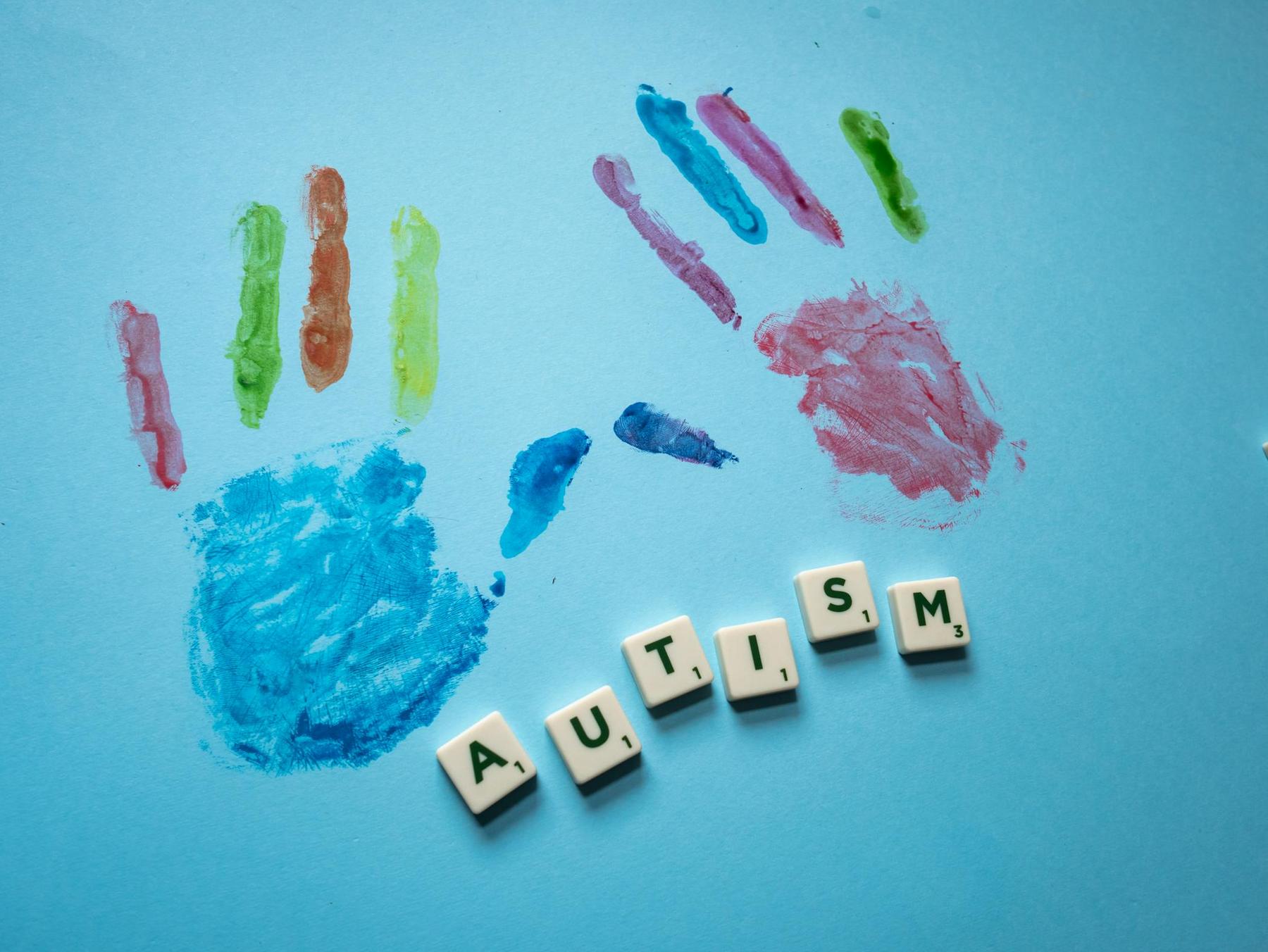For speech pathologists working with children on the autism spectrum, diagnostic clarity is essential yet often elusive. The communication profiles of children with Autism Spectrum Disorder (ASD) can be remarkably heterogeneous, presenting significant challenges for differential diagnosis and intervention planning. A persistent question in clinical practice has been whether the speech difficulties observed in many children with ASD might be attributable to co-occurring Childhood Apraxia of Speech (CAS), a neurological speech sound disorder affecting the planning and programming of speech movements.
This question is far from academic—it directly impacts assessment practices, therapeutic approaches, and ultimately, outcomes for these children. Shriberg, Paul, Black, and Santen (2011) undertook a comprehensive investigation of this hypothesis, providing evidence that substantially clarifies our understanding of speech production in ASD and challenges some commonly held clinical assumptions.
What Evidence Exists for CAS in Children with ASD?
Shriberg and colleagues (2011) conducted a methodologically rigorous study comparing 46 children with ASD (aged 4-7 years) with intelligible speech to 40 typically-developing children, 13 preschoolers with Speech Delay, and 15 individuals (aged 5-49 years) with confirmed CAS associated with neurogenetic disorders. The researchers employed both perceptual and acoustic measures to analyse speech, prosody, and voice characteristics—the hallmark domains affected in CAS.
Contrary to what many clinicians might expect, the study found no statistical support for the hypothesis that children with ASD have concomitant CAS. This finding is particularly noteworthy as it contradicts a common clinical impression that motor speech disorders frequently co-occur with autism spectrum disorders. The researchers’ detailed acoustic and perceptual analyses failed to identify the characteristic motor planning and programming deficits that define CAS in the children with ASD.
This evidence challenges us as practitioners to reconsider diagnostic frameworks that may be inappropriately applied in the autism population, potentially leading to misdiagnosis and misdirected intervention efforts.
How Prevalent Are Speech Difficulties in Children with ASD?
While the study refutes the CAS hypothesis, it simultaneously highlights an often-underappreciated aspect of ASD: the prevalence of speech difficulties. The researchers found that Speech Delay was modestly more prevalent and Speech Errors substantially more prevalent in participants with ASD compared to reported population estimates.
This finding serves as an important corrective to earlier perspectives that may have minimised the significance of speech sound production issues in ASD. The conventional wisdom that speech production is relatively intact in verbal children with ASD appears to be incorrect. Instead, the data suggest that speech sound disorders—though not apraxic in nature—are a significant component of the communication profile for many children with ASD.
For speech pathologists in Australia and globally, this underscores the importance of comprehensive speech assessment for children with ASD, rather than focusing exclusively on pragmatic and social communication domains. Our assessment batteries for children with ASD should routinely include detailed evaluation of speech sound production alongside social communication and language measures.
What is the “Speech Attunement Framework” and Why Does it Matter?
Perhaps the most theoretically significant contribution of this research is the support it provides for what the authors term a “speech attunement framework” for understanding speech production difficulties in ASD. Rather than reflecting motor speech impairments (as in CAS), the speech, prosody, and voice differences observed in children with ASD appeared to reflect disruptions in how these children “tune in” and “tune up” to the speech models in their environment.
The researchers identified double dissociations in speech, prosody, and voice impairments across their participant groups. These patterns were inconsistent with what would be expected if motor speech deficits were present, but aligned well with the hypothesis that children with ASD have difficulty attuning to the prosodic, phonological, and phonetic features of ambient speech.
This framework has profound implications for how we conceptualise speech difficulties in ASD. Rather than viewing speech errors as primarily motor-based, the attunement perspective suggests that social, perceptual, and motivational factors may play a more significant role in the speech development of children with ASD. Speech sound production difficulties may thus be another manifestation of the social-communicative differences that are central to ASD, rather than a co-occurring motor speech disorder.
How Should These Findings Shape Assessment and Diagnostic Practices?
For paediatric speech pathologists, these findings necessitate a recalibration of assessment and diagnostic practices when working with children with ASD who present with speech difficulties:
- Resist diagnostic overshadowing: The presence of ASD should not automatically trigger assumptions about co-occurring CAS, nor should it lead us to minimise the significance of speech sound disorders.
- Employ careful differential diagnosis: When speech difficulties are present in children with ASD, thorough assessment is needed to distinguish between true motor speech disorders, phonological disorders, and speech differences that may reflect attunement issues.
- Use appropriate comparison standards: The study highlights the importance of comparing speech patterns to both typically developing peers and children with confirmed speech disorders to avoid misdiagnosis.
- Consider cultural and linguistic contexts: Within Australia’s multicultural landscape, speech pathologists must be particularly attentive to how cultural and linguistic diversity intersects with both ASD and speech development.
- Assess across domains: The research underscores the value of examining speech, voice, and prosody in combination, as patterns across these domains provide important diagnostic information.
The findings suggest that many children previously labelled as having “CAS features” within their ASD profile may be more accurately described as having speech production differences related to social attunement issues—a fundamentally different theoretical framework with distinct intervention implications.
What Implications Does This Research Have for Therapeutic Approaches?
The refutation of the ASD-CAS hypothesis and the support for the attunement framework have significant implications for intervention planning:
- Motor-based approaches may not be primary: Traditional CAS interventions focusing heavily on motor programming and sequencing may not address the core issues for many children with ASD who have speech difficulties.
- Social-communicative context matters: If speech difficulties in ASD relate to attunement issues, interventions that embed speech production work within meaningful social interactions may be more effective than isolated drill-based approaches.
- Motivation and engagement become central: The attunement framework suggests that enhancing a child’s motivation to tune in to speech models and tune up their own productions may be crucial for progress.
- Integrated intervention models: Rather than treating speech as separate from social communication, the findings support integrated approaches that address attunement across all communicative domains.
- Technology-assisted feedback: For telehealth providers like Speech Clinic, visual feedback technologies may be particularly valuable in helping children with ASD overcome attunement challenges by making speech patterns more concrete and accessible.
For parents navigating the often-confusing landscape of therapy recommendations, this research provides a framework for asking informed questions about proposed intervention approaches and their theoretical justification.
Reframing Our Understanding of Speech in ASD: Moving Forward
The findings from Shriberg and colleagues’ research call for a recalibration of how we conceptualise, assess, and treat speech difficulties in children with ASD. By moving away from a motor speech disorder framework toward an attunement perspective, we open new possibilities for intervention that may better address the underlying mechanisms of speech differences in this population.
For speech pathologists, these findings reinforce the importance of evidence-based practice and careful differential diagnosis. They remind us that our theoretical frameworks directly impact our clinical decision-making and ultimately the outcomes for the children we serve.
For parents and carers, this research provides reassurance that seemingly contradictory professional opinions about their child’s speech difficulties may reflect evolving understanding in the field rather than clinical incompetence. It emphasises the importance of comprehensive assessment by clinicians knowledgeable about both ASD and speech sound disorders.
As we continue to refine our understanding of communication in ASD, research like this serves as a valuable corrective to clinical assumptions that may have outpaced the evidence base. The speech attunement framework offers a theoretically coherent and empirically supported alternative to the CAS hypothesis that aligns well with what we know about autism more broadly.
If you or your child need support or have questions about speech development in autism spectrum disorder, please contact us at Speech Clinic.
Can a child have both Autism Spectrum Disorder and Childhood Apraxia of Speech?
While theoretically possible, this research suggests the co-occurrence is much rarer than previously thought. True CAS requires evidence of motor planning and programming deficits that appear distinct from the speech differences typically seen in ASD. Careful differential diagnosis by a speech pathologist experienced in both conditions is essential before concluding a dual diagnosis is present.
Why might speech difficulties in ASD be misdiagnosed as Childhood Apraxia of Speech?
Several factors contribute to potential misdiagnosis, including overlapping surface features (like inconsistent errors), diagnostic overshadowing where ASD symptoms dominate clinical attention, limited research until recently comparing these populations directly, and the complex nature of speech assessment in children with social communication difficulties.
What does “speech attunement” mean and how does it affect children with ASD?
Speech attunement refers to the process of “tuning in” to speech models in the environment and “tuning up” one’s own speech production accordingly. Children with ASD may struggle with this process due to differences in social attention, perception of speech details, and motivation to conform to conventional speech patterns—leading to speech differences that may superficially resemble, but mechanistically differ from, apraxia of speech.
How should parents evaluate recommendations for CAS therapy approaches for their child with ASD?
Parents should ask whether comprehensive differential diagnostic assessment has been conducted, what specific evidence supports a CAS diagnosis beyond the ASD diagnosis, and how proposed interventions address the potential role of attunement issues. When motor-based approaches are recommended, parents should inquire about the evidence supporting their use specifically in children with ASD rather than in children with confirmed CAS alone.
What assessment approaches best distinguish between speech attunement issues and true CAS in children with ASD?
Best practice involves multidimensional assessment including detailed speech sampling across varied tasks, acoustic analysis of prosodic features, examination of error patterns for consistency/inconsistency, evaluation of speech segregation abilities, and observation of how social engagement affects speech production. Comparison to both typically developing peers and children with confirmed CAS provides important diagnostic context.

















